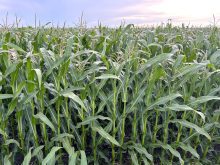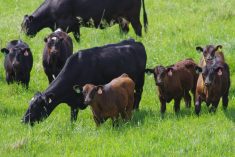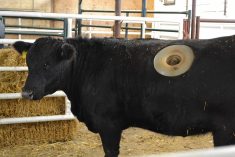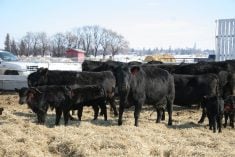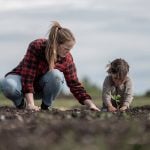The Wray Ranch near Irricana is the 2023 winner of Alberta Beef Producers’ environmental stewardship award.
The operation is a century farm that, from 1910 to 1998, was a mixed farming operation with mostly annual cropland and some native pasture.
In 1998, Doug and Linda Wray took over the operation and changed directions slightly by seeding down 1,000 acres of cropland to high-legume perennial pastures and focusing the operation on cattle and regenerative agriculture.
Read Also
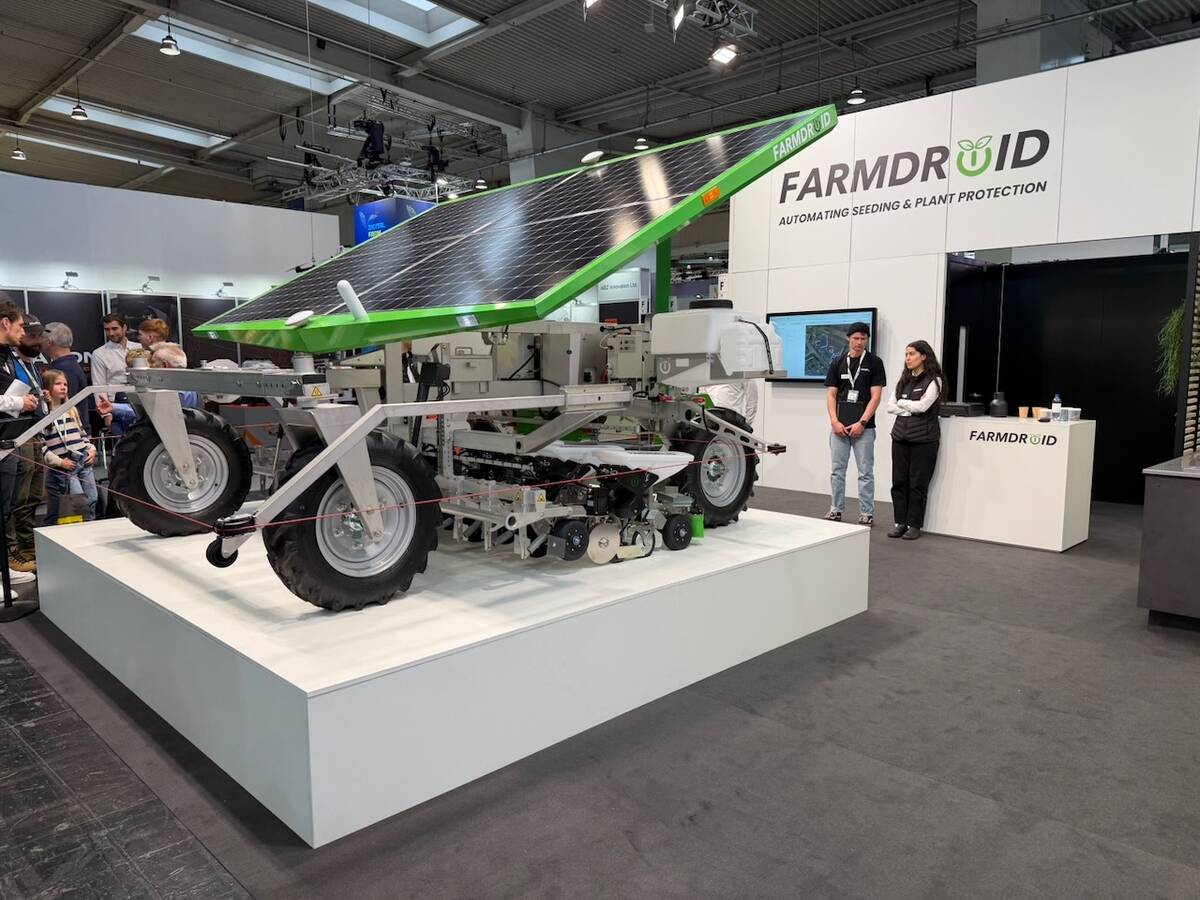
The long march to autonomy
The big players in the machinery market keep adding pieces towards autonomous vehicles for farming, but how far away is a final product?
This change in their operation was a conscious decision to create an environment more conducive to the nature that surrounds them.
“Having the major component of our land base be perennials [has] been a very good thing for the birds and the bugs and the rodents that live on the ranch as well,” said Doug.
In 2015, nephew Tim Wray and his wife Joanne returned to the operation.
In his acceptance speech, Tim described stewardship as taking care of something that doesn’t belong to you. He described all farmers and ranchers as stewards of the land who care for something that was there long before them, and will be there long after.
“When we stop paying attention to our surroundings, we shrink,” said Tim.
Doug said cattle play a crucial role in the operation and have positive impacts on the environment.
Using electric fencing, they allow cattle to graze on a small portion of pasture at a time. Doug said they get about 30 per cent more days of feed from the field.
“By doing that, there’s less waste, they clean it up better and their diet is more consistent than if you just turn them into a field,” said Doug.
“And the other benefit [is that] livestock drop 85 per cent of what they eat back on the land. [This] recycling of energy has helped to increase the health of the soil and raise our organic matter. Our soils are now more open, they’re less dense, and they take in water more readily.”

The Wray Ranch utilizes a lot of its own resources to increase soil and grass health, in part by using cattle as natural fertilizer spreaders and grazing in increments.
Moving the cattle more frequently gives the land more time to rest and grow. Doug says that this is a part of regenerative agriculture.
“[Our cattle] graze a paddock for two or three days and then it gets 45 to 60 days’ rest,” said Doug. “And (it) turns out grass functions very well under that kind of intense graze, long rest scenario rather than having cattle on a quarter section of grass for a month or two at a time.”
Doug said it is important to understand the land and try new processes to protect the environment.
“It’s about improving the conditions and the state of our soil. Then I think we will leave it better then we found it.”
Another generation of Wrays will work with the land and the environment around them.
“Where the growth happens, that’s how we know where our roots are,” said Tim, noting the roots of family grow along with the roots and livestock in the fields.
The award was presented at the Alberta Beef Producers’ Stampede Summit on July 10, in conjunction with the Calgary Stampede. Alberta Agriculture Minister R.J. Sigurdson said the award was fitting recognition of the province’s history and future in cattle production.
“Alberta is a beef province, and we are proud of it,” he said.




